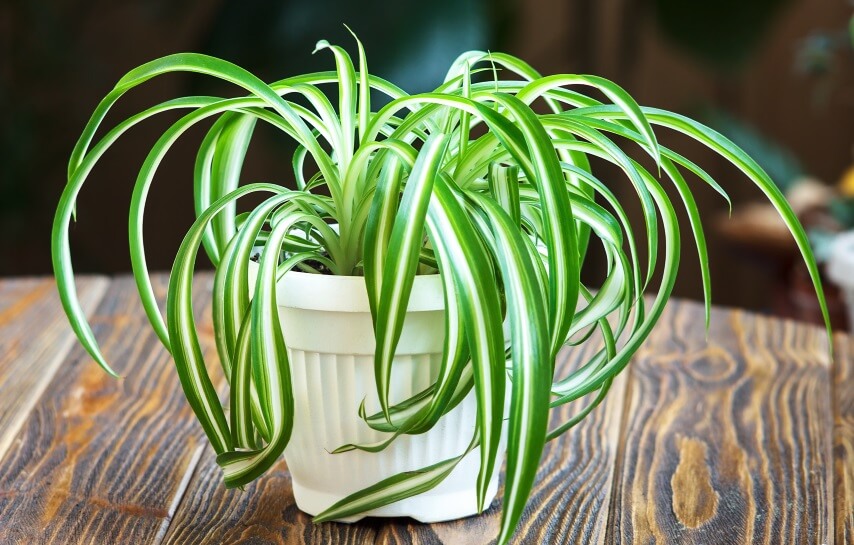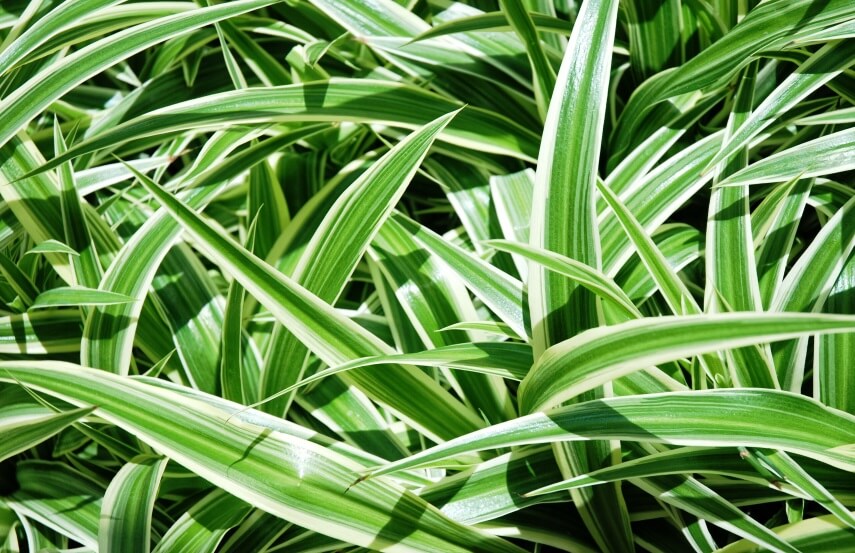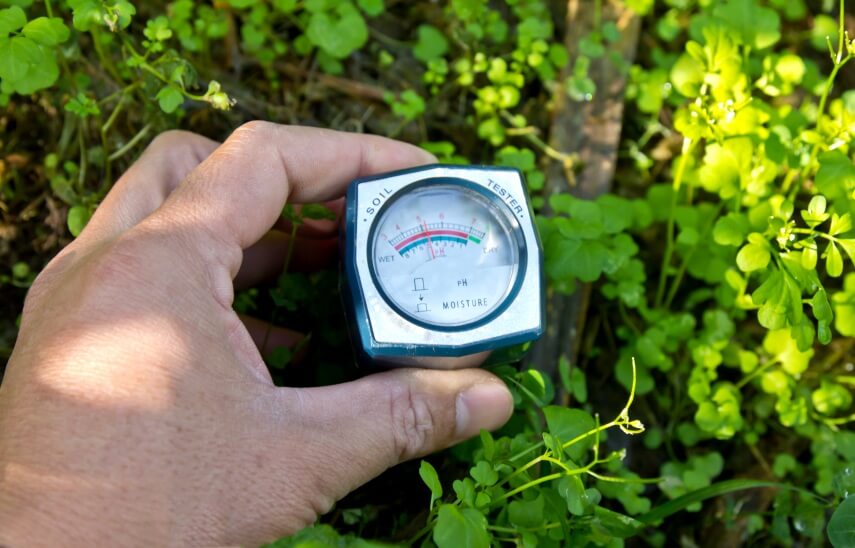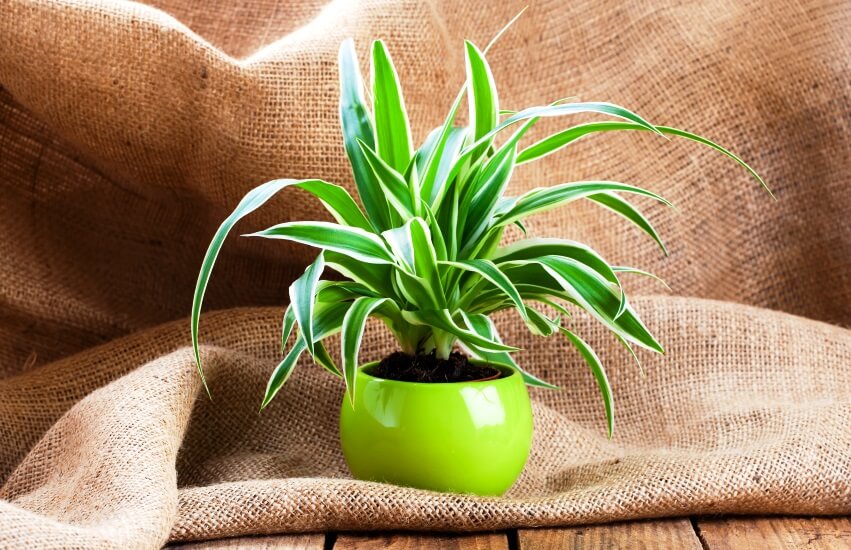Spider plants are low-maintenance plants that are popular because of their ability to produce plantlets (spiderettes) along their stems. These spiderettes can be separated and grown into new plants. Many people enjoy having spider plants, but how do they care for them?
You need to know how often to water spider plants in order to keep your spider plants healthy. The temperature, plant’s location, humidity, container type and soil type you use all influence how frequently you need to water your spider plant. This article will review these factors to determine when and how to water spider plants.
If you are interested in this topic, you can also read
<< How Often To Water ZZ Plants>> and <<How To Water African Violet>> articles.
Factors Affecting Spider Plant Watering Schedule
While spider plants are somehow drought-tolerant, the amount of water required by each plant depends on its growing conditions and whether it is grown indoors or outdoors. The water requirements of a spider plant can be affected by light, temperature and humidity, soil type, plant size, and the type of potting container it is planted in.
Light
Spider plants require indirect sunshine to thrive and grow appropriately. If they are exposed to too much sunshine, the lovely white lines on the leaves will fade to green. On the other hand, if they do not get enough sunlight, the leaves will turn yellow and drop [1].
The amount of light a spider plant receives is one of the most important factors in determining how frequently spider plants must be watered. Spider plants grown with lots of light require more frequent watering, while plants grown in low light require less. If you have numerous spider plants in your home, depending on the lighting, you may need to water one more frequently than the other.
Temperature and Humidity
Spider plants thrive in a wide range of temperature and humidity settings, but you should know how varying temperatures and humidity levels affect their watering requirements.
Spider plants thrive at temperatures ranging from 70 to 90°F. This is a temperature range that you may keep in your home all year.
Temperatures below 50°F can be tolerated by spider plants, but do not expect them to flourish at these temperatures. Temperatures below 35°F are dangerous to your plants and may harm them. These plants can withstand temperatures beyond 90°F, but their transpiration rate and intake of potentially harmful micronutrients may rise [2].
Spider plants prefer moderate humidity. It is especially crucial to enhance humidity surrounding the plant during the winter months when the indoor air gets too dry for them.
In general, a plant grown in higher temperatures will require more water than a plant grown in lower temperatures. In addition, a plant grown in high humidity needs less water than a plant grown in dry conditions. As a result, a spider plant growing in hot, dry conditions will require substantially more water than a spider plant growing in colder, damp conditions.
Soil Type
The frequency of spider plant irrigation can be affected by soil drainage properties. The best soil for spider plants is nutrient-rich soil with good drainage and aeration. The pH range for such a soil mixture should be 6.0 to 7.5.
4 parts pre-made potting mix, 1 part perlite, and 1 part worm casting or compost can be a good soil mixture for this plant.
Potting Container
The type of pot in which a spider plant grows can also influence how frequently the spider plant has to be watered.
Terracotta pots, for example, absorb moisture from the soil, causing it to dry out faster than a plastic container. Similarly, A container with drainage holes can result in drier soil since it drains excess water. On the other hand, Pots without drainage holes, may keep excess moisture in the soil for a longer period of time, which may cause difficulties if the plant is not monitored.
How Often To Water Spider Plants
In general, depending on the parameters described above and how warm it is, spider plants should be watered once or twice a week. However, the best way to know when to water your spider plant is to use a finger test to measure soil moisture.
As a general rule of thumb, If the topsoil is still moist, wait another day or two and repeat the finger test until the soil is dry. The plant may be thirsty at this point, but it prefers the soil to dry up once in a while.
If you are unsure when to water your spider plant, remember that it is better to underwater than overwater it, as spider plants are sensitive to overwatering. You can also buy a moisture meter to test the soil and ensure it is completely dry before watering.
How Often To Water Spider Plants In Winter
Spider plants go into dormancy during the winter due to fewer hours of light and lower light intensity. This implies that spider plants require less watering during winter compared to active growth seasons like spring and Summer.
Furthermore, cooler temperatures can slow the rate at which the soil and plant dry out, increasing the risk of root rot if you do not reduce your watering frequency.
In general, spider plants should be watered once every two or three weeks in the winter to meet moisture requirements while avoiding root rot.
However, as mentioned in the article’s first section, some factors might dramatically influence how frequently you should water spider plants during the winter. For instance, the temperature in our homes can change substantially due to heat sources such as radiators, fires, and forced air, which reduces humidity and causes the soil to dry out more quickly.
How Often To Water Spider Plants In Summer
In the summer, spider plants should be watered once a week (for large plants) or twice a week (for small plants or plantlets). However, the watering schedule is heavily influenced by the previously listed factors, such as temperature, humidity, container type, soil mixture type, plant size, and location (indoor or outdoor). If you notice any signs of overwatering or underwatering, adjust your watering plan accordingly.
Note:Many of the cheap moisture meters are faulty and unreliable. If you do not have enough money to purchase a decent one, using the finger test to evaluate soil moisture is preferable.
How to Water Spider Plant Indoors
Lots of people are so afraid of overwatering that they end up doing the opposite: not adding enough water and thereby dehydrating their spider plant.
You should not measure the amount of water you use to water your spider plant. You must hydrate the soil of your spider plant, no matter how much water it requires, so keep watering until all the extra water drains away. Make sure your pots have drainage holes so that extra water drains. Without a drainage hole, you risk having permanently damp soil, which can lead to root rot.
Watering spider plants in a hanging basket, which is how they are commonly grown, can be difficult sometimes. In such cases, you can hang your spider plant over a bathtub or in the shower to make watering easier and avoid getting water on your floors. You can return it to its growing site once the water has entirely drained.
Top Or Bottom Watering For Spider Plants?
Every couple of weeks, spider plants can be bottom watered to give them deep irrigation. However, top watering with a watering can is the most common method of watering spider plants.
Note: Bottom watering will not remove salts and minerals from the soil. If you wish to use this method for watering your spider plant, make sure to also water your spider plants from the top of the soil from time to time.
Symptoms Of Overwatering & Underwatering
Overwatering The Spider Plant
If you accidentally overwatered your spider plant, it will immediately let you know. Your spider plant will exhibit a few indicators of overwatering, which are pretty simple:
The leaves will begin to turn brown and die slowly. If you notice this, stop watering, let the soil dry, and then water again. Within a few days, the plant should resume where it left off. It usually heals rapidly.
Trim any dead or dying foliage to provide some energy back to the plant so that it can grow new leaves. Remove dead foliage to keep pests away from your plant.
Underwatering The Spider Plant
When you let the soil dry out, make sure the plant does not go days without water. When your spider plant does not receive enough water, its leaves will fade to a lighter hue.
Normally, the leaves are a deep green, but the foliage will turn lighter if your plant does not get enough water. This makes it very clear if your plant requires watering.
Another sign of underwatering is leaf bending. However, leaf bending can also be caused by too much watering.














